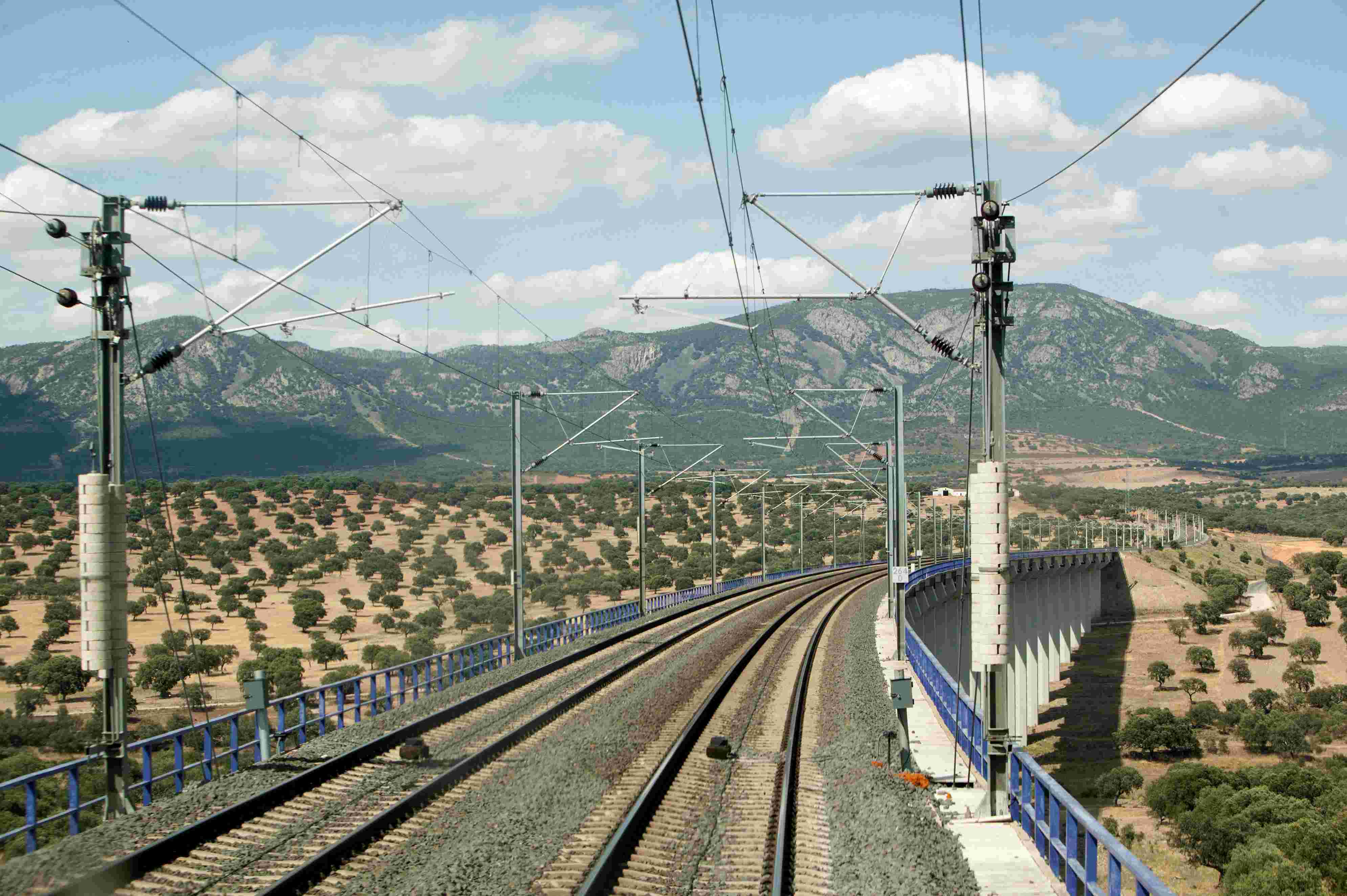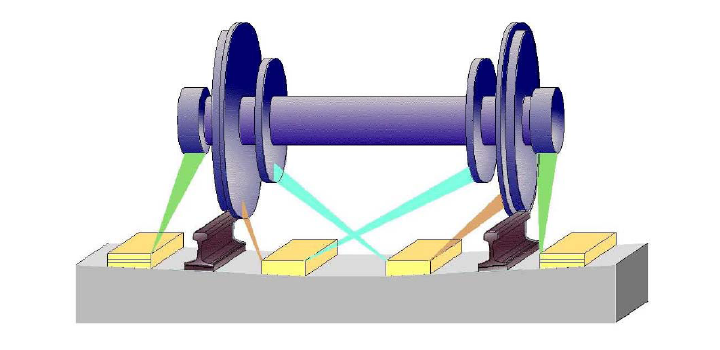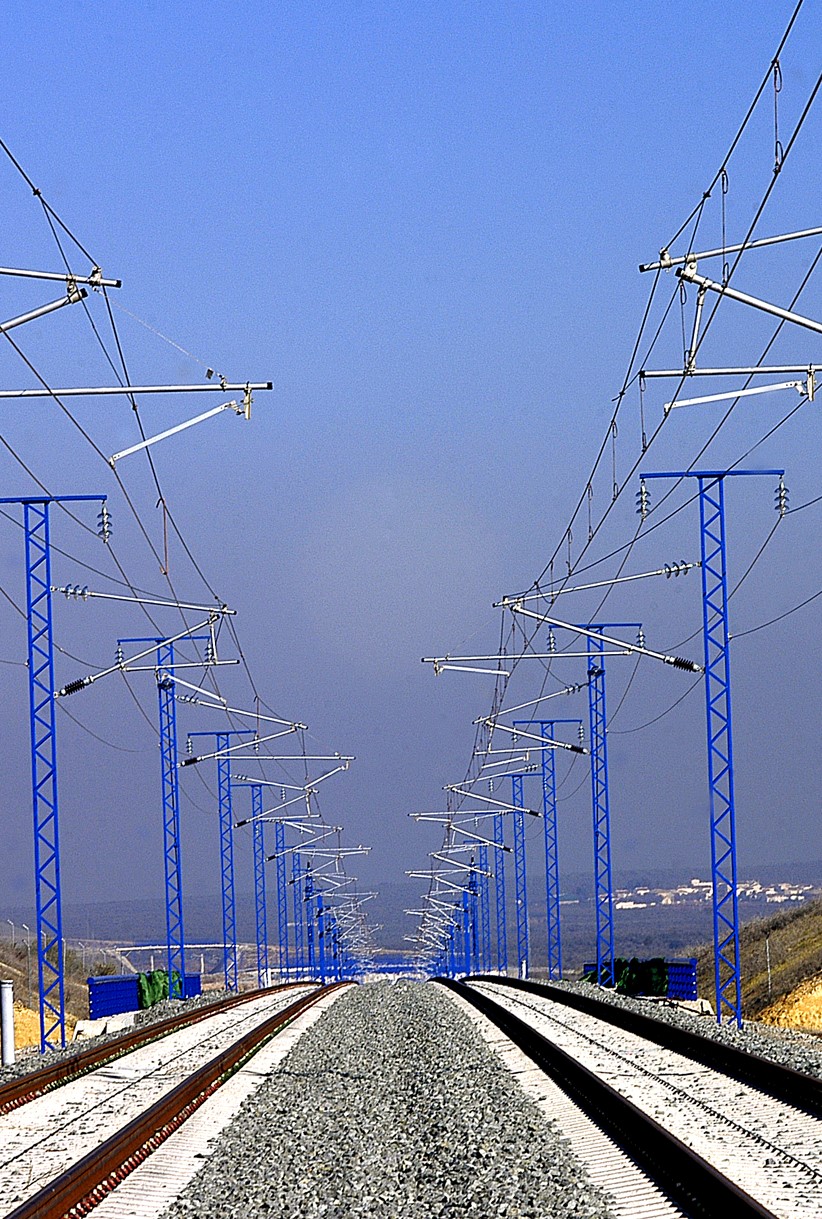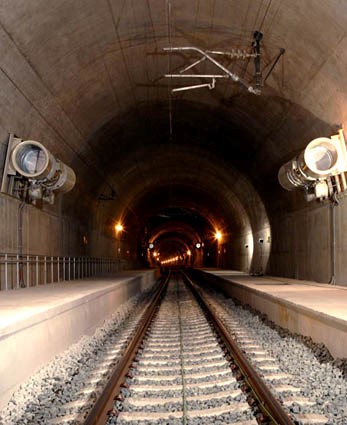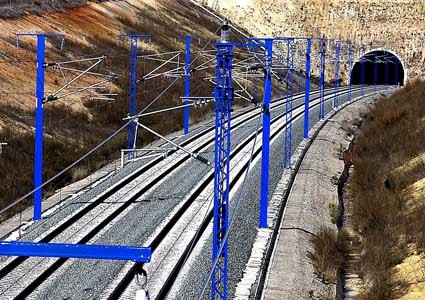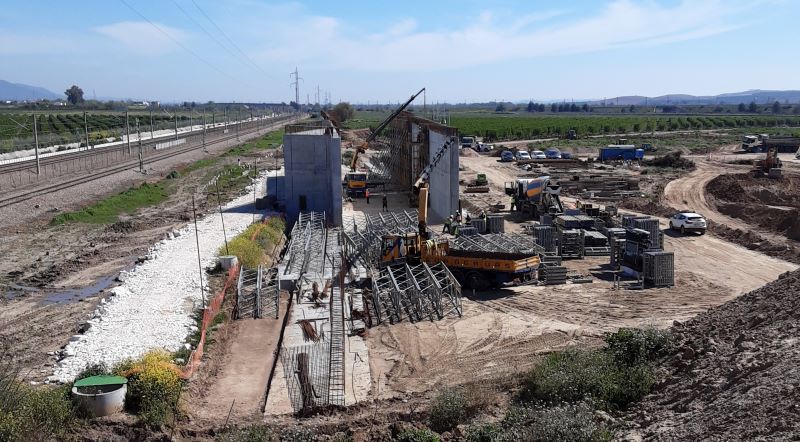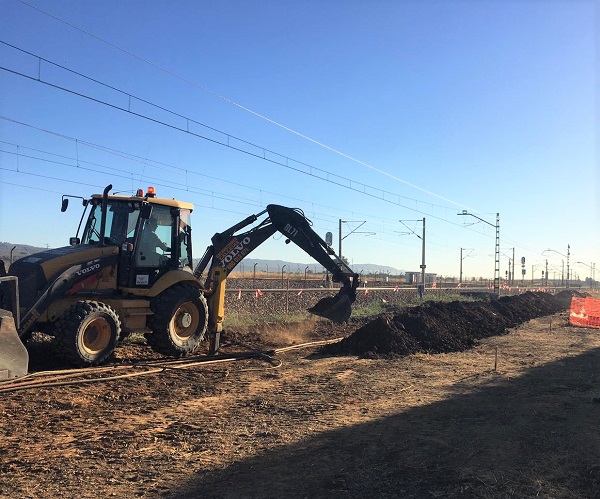Cordoba-Malaga line
High-speed rail reaches Costa del Sol
High-speed rail reaches Costa del Sol
The Cordoba-Malaga high-speed line constituted the first high-speed connection between the Mediterranean Corridor and Spain's inland areas.
It is part of the Andalusia Corridor, which will connect through the Madrid-Córdoba-Seville line with Málaga, Jaén, Granada, Cádiz and Huelva. This line has a total length of 155 kilometers (from the link with the Seville-Madrid high-speed line in the Cordoban town of Almodóvar del Río, to Malaga city). The construction of the line was divided into 22 sections, with a total budget of 2,100 million euros.
European Funding
Information on the funding and financing received by Adif from different European Union (EU) funds and programmes:
" A way to make Europe”

Background
The line has a total length of 155 kilometres of double track, it is exclusively intended for passenger traffic, and it is designed for a maximum speed of 350 kilometres per hour.Almodóvar del Rio (Cordoba) is the start of the branch of the Madrid-Seville line that goes as far as Málaga. This route shortens the rail distance between these two cities in Andalusia by 25 kilometres.
Regarding journey times, the fastest service between Madrid and Malaga takes 2 hours and 20 minutes. The benefits brought by this line have also been extended to the Algeciras and Granada rail services.
At the end of May 2013, the number of travellers having used this infrastructure reached ten million. At that time, 86% of people travelling between Madrid and Malaga did so by high-speed rail, compared to 14% by plane.In 2007, 72% travelled by plane and 28% by train.
Main infrastructures
In Antequera there is a Regulation and Control Center, a maintenance base and two gauge changers that allow the transition of the railway service between the high-speed line and the different conventional-gauge lines.
The longest tunnel is more than 7 km long.
Conoce más de la línea
La vía de alta velocidad discurre, alcanzando Málaga, desde las llanuras de Córdoba por el valle de Abdalajís y la sierra de Huma, a través de un recorrido en el que se construyeron quince viaductos y ocho túneles.
Las distintas estaciones de la línea destacan por su funcionalidad para la prestación de los distintos servicios, así como por su diseño arquitectónico.


